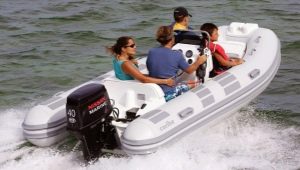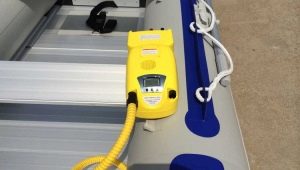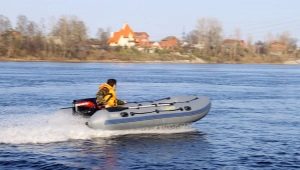Oars for boats: characteristics and selection rules
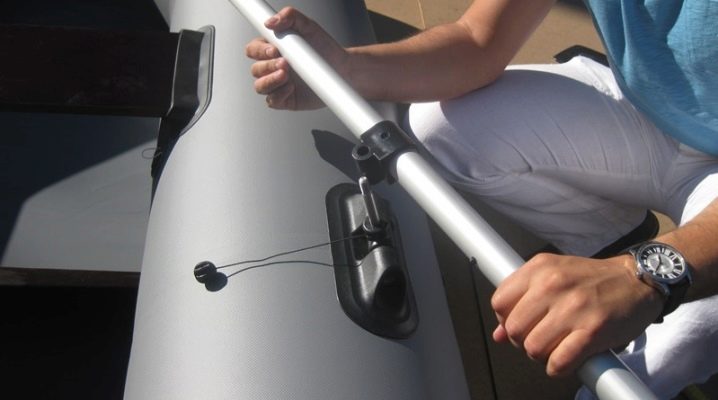
During the summer, people enjoy nature. Someone picks berries, mushrooms, makes preparations for the winter, and someone is engaged in hunting or fishing. For fishing, more and more people are purchasing PVC boats. They are lightweight, you can glue them yourself and they are inexpensive. To manage the boat was easy, you need to have high-quality oars. Let's talk about them today.
Material
The oars must be strong. The material of which the oars are made must be able to cut through the water smoothly so that rowing is easy. Oars can be collapsible (that is, from several materials) or whole (from one material).
As a rule, an ordinary tree will also work to create your own set of oars. It is durable, does not bend or crack. You just need to follow him.
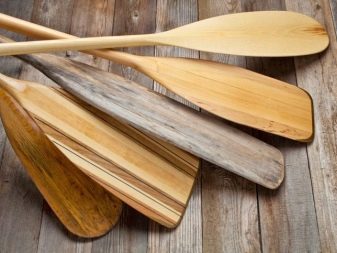

But with the development of modern technologies, paddles made of plastic, glass and carbon fiber, aluminum began to appear more and more in stores. Prefabricated oars are made mainly from modern materials. For example, the handle is made of aluminum, and the blade is made of plastic. To be sure of the quality, It is best to choose aluminum PVC boat paddles. This material is lightweight, durable and easy to repair. wooden oars although they are good, they are not entirely relevant for modern fishing. Aluminum Solutions easy to use and do not require additional care.You can pick up a set of oars without any problems. You need to pay attention to the length and fastenings.
Important! Oars can help even on those boats that have a motor. If you need to swim in a certain nook, then it will be difficult to do it with the help of a motor. In addition, the paddle can be used for other than its intended purpose - they can remove mud or obstacles.


Length
To row comfortably and the oars do not take up much space while fishing, their length should be no more than 15% of the width of the hull of the boat. Long strokes are more suitable for deep and large bodies of water. A large swing will allow you to move quickly. In addition, on small reservoirs on the shore there may be branches, mud and other vegetation, it is possible to touch them with long strokes. Short paddles are more compact and weigh less, making the job easier. In order to make it easy to turn around on small lakes, it is better to choose models that are short in length, so you will not tangle the blades.
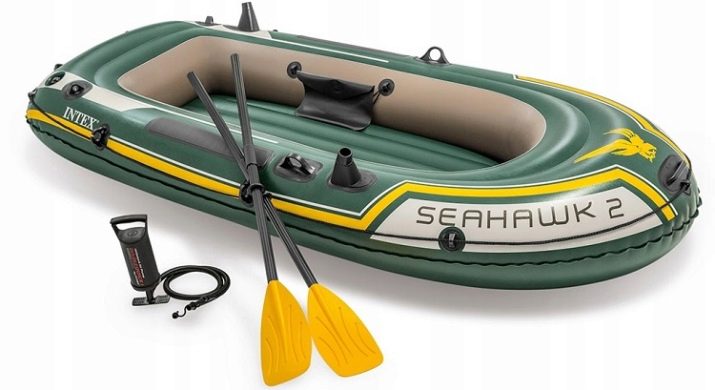
Mounts
They are of two types: supporting and unsupported. The support falls on the side of the boat. As a rule, unsupported oars are not used for fishing, as they can take up quite a lot of space on board, so they mainly use support oars. You can just leave them on the mount and they won't get in the way or take up space. The main type of fastening is the oarlock. In order for the paddle to hold firmly in it and not fall out during fishing, it is necessary to make a lock with a threaded connection. The holder does not have to be in the form of an oarlock. Some people who buy PVC boats for fishing start tuning them. And as a mount, they sometimes use a holder or latch.
Holders help the oars hang in one position and not touch the water. This one is made for powerboats, where the oars serve as a backup engine if something happens to the engine. The paddle is inserted into the latch, after which it can already be controlled. It is also necessary to properly adjust the mounts so that the oars do not hang out or stagger. They must be firmly pressed.
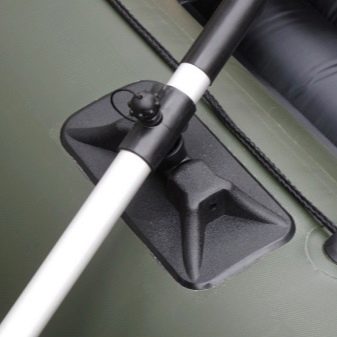
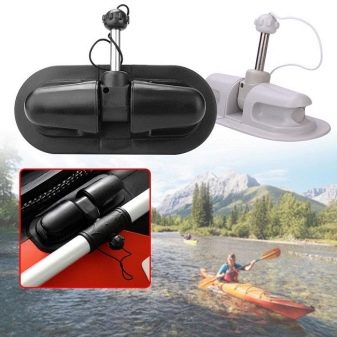
Varieties
You can use oars with oarlocks in two ways.
- Swing - when rowers sit one after another, and each works one stroke. As a rule, this method is used on boats where there is a lot of space. The helmsman, sitting in front, should set the direction, and the main driving force should come from those who row behind.
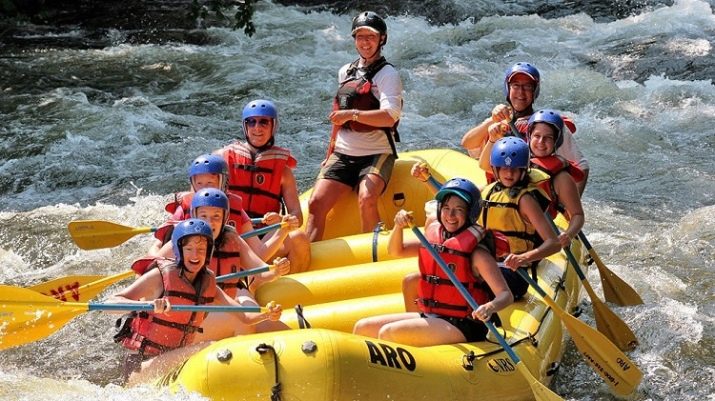
- Valkovy - a method for small boats and designed for one person. He gets into the boat and takes two oars at once. Since they push off the water at the same time, the boat can be easily steered.

It is worth considering paddles for kayaks and canoes. They differ in that they do not need fasteners, the blades are located at both ends at once. Since they are designed for small and narrow boats, the swimmer needs each time to row with one side of the oar on the left and the other on the right.
This option is physically more difficult, because you need to have time to first push off on one side, and then on the other.
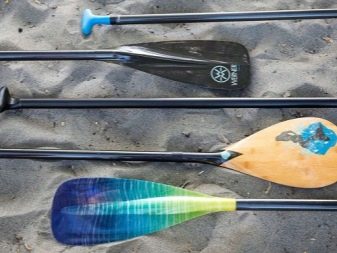

Device
Basically, oars consist of three main parts: shafts (tubes), blades and handles.

Shaft
It is made of durable material, recently it is a common plastic or fiberglass. He bends and thus easily overcomes water resistance. But the material for professional sports can be carbon, Kevlar or dural alloy. They are much more expensive than fiberglass, but they are used on white water in extreme situations.
And also the material depends on the length. If the paddle is about 180 cm (this is considered a long paddle), then the material should be elastic and not crack. If fishing takes place in the spring in areas where it is quite cold, then the plastic must also be frost-resistant so as not to break.

blades
They are of three types.
- symmetrical. They are easy to manage and for this you do not need to understand the intricacies of rowing. Because of the even halves, both an amateur and a beginner can control them.
- Asymmetrical. They are suitable for those who distinguish oars by quality and other characteristics. They enter the water softer due to the beveled part.
- Concave. This option is more difficult to manage, because the capture of water and the subsequent push are stronger. Due to the large volume of water capture, you will be able to develop more speed, but this will require more physical strength.

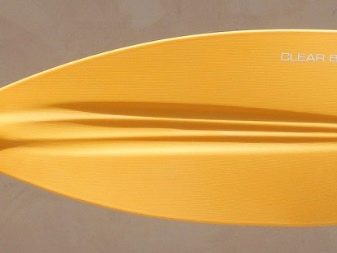
Pens
Handles can have different shapes, but as a rule they are straight. The handles should be made of a material that will fit comfortably in the hand and not rub corns. When tuning, you can wrap plastic handles so that your hand does not slip off them. And also some handles can be adjusted for themselves in length, if necessary.
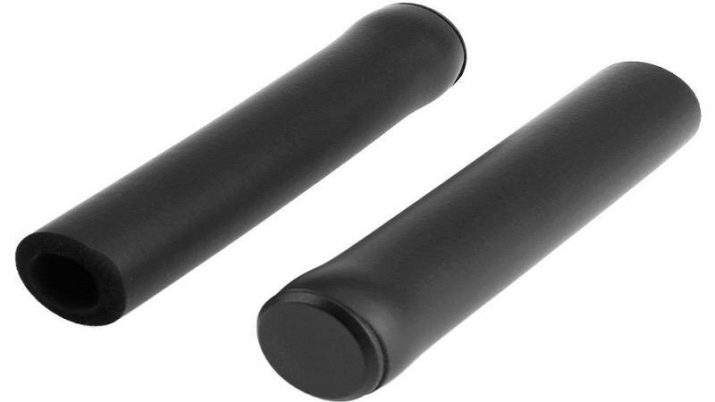
How to paddle correctly?
To row at maximum speed, you need to sit with your back to the direction of travel. Try to row so that the blade remains in the water for a minimum amount of time. Hold your hands straight or half-bent and work with your shoulders. So you can put more effort into acceleration. In order to turn around lower the oar to the full length of the blade, but at the same time do not hesitate so that the speed does not decrease.
If you want the turn to be effective, then the diameter of one stroke should be as large as possible.
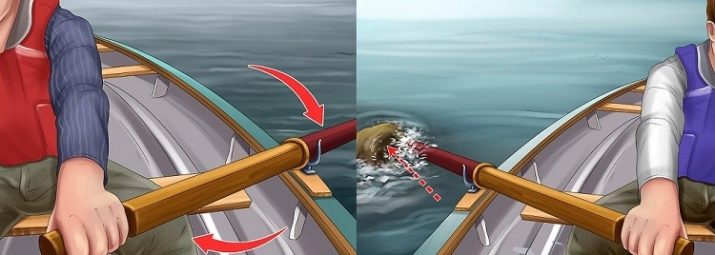
How to choose?
Be guided by the size of your boat, your physical strength and how far you plan to swim. Do not forget about the price, because carbon and Kevlar types of paddles are expensive, but at the same time they are lighter and stronger than fiberglass. And also consider the depth and size of the reservoir, because on a large lake you need to accelerate faster than on a small one. Do not rely only on appearance, it is better to study the detailed characteristics.

How to make a paddle for a boat with your own hands, see the next video.






















